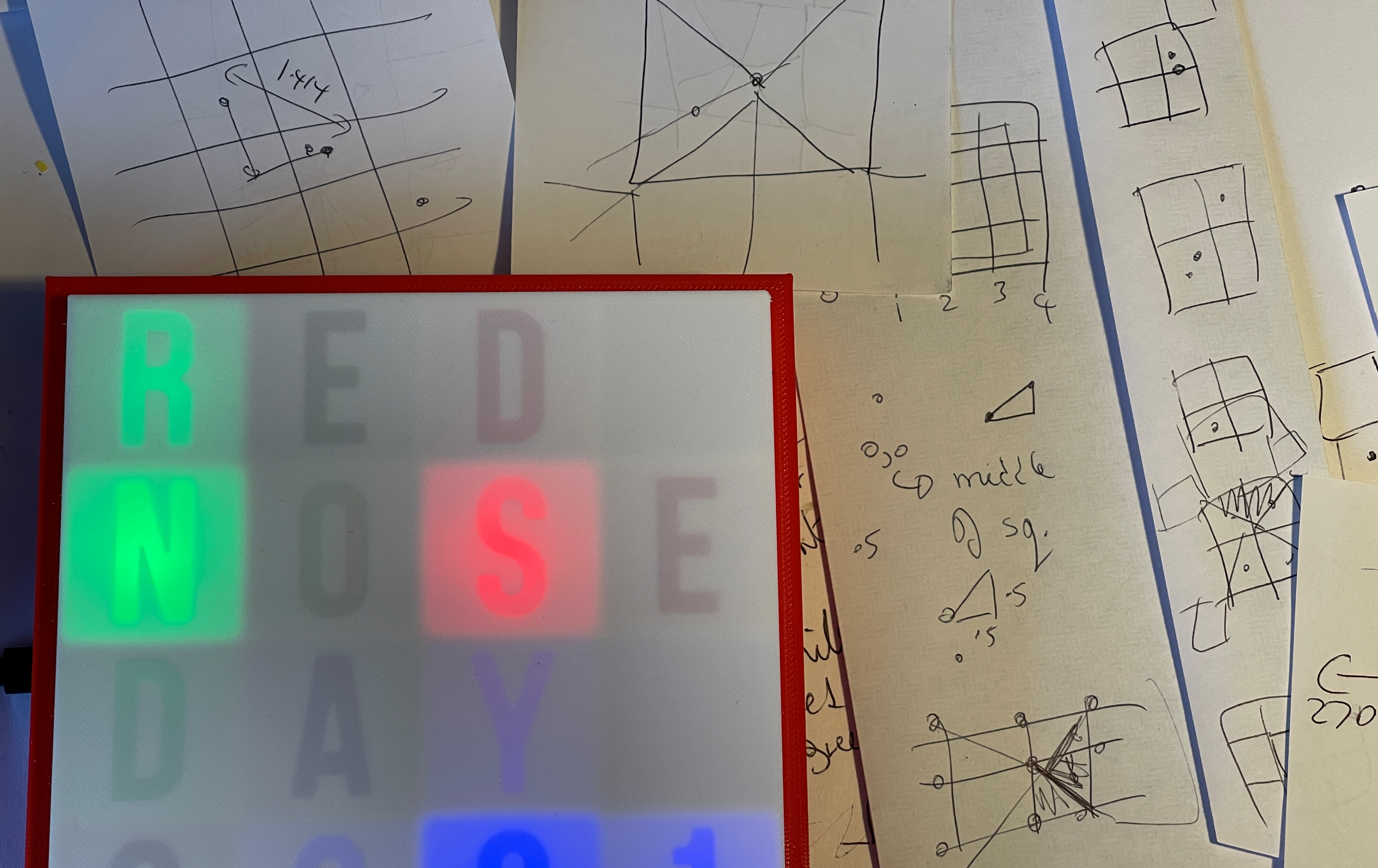Our goal
We aim to make it easy and fun to create connected devices.
Simply load our software into a device and send it commands to turn it into whatever you want it to be.
A box can respond to incoming messages, or send messages of its own, or both. It can work with multipole inputs and outputs, all simultaneously. The software supports a range of sensors and it has been designed to make it easy for you to add new ones if you wish.
Boxes are configured and controlled by tiny snippets of JSON which can be sent by other boxes, from a server or from one of your programs
There are full circuit diagrams and parts lists for boxes and a complete set of easy to print case designs.
There is full server backend support for remote management and control.





